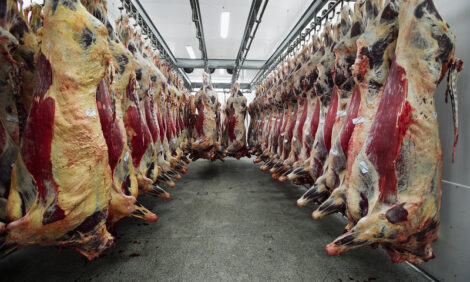



Limit Risk When Selecting Corn Hybrids For 2010
US - You can reduce risk when selecting corn hybrids by using information from many sources, including universities, grower associations, seed companies, and on-farm strip trials. Results from unbiased, replicated trials are especially important.
Selecting grain hybrids:
- Hybrid selection begins with maturity. Identify an acceptable maturity range based on the number of growing degree days required for a hybrid to reach physiological maturity (black layer). Selected hybrids should reach maturity at least ten days before the first average frost to allow time for grain dry-down and to provide a buffer against a cool year or late planting.
- Plant multiple hybrids of varying maturity to spread risk and widen the harvest interval.
- Very full-season grain hybrids do not consistently out-yield mid-season hybrids in Minnesota. There is more variability in yield among hybrids within a given relative maturity rating than there is between maturity groups.
- Hybrids should also be selected for standability, disease tolerance, emergence, and the need for transgenic resistance to insects and herbicides within a given production system. Standability is critical for ensuring that the grain produced is harvestable. Since corn has a narrow optimum plant population, unharvestable ears due to stalk and root lodging will have a large impact on yield.
- Again, maturity is one of the first things to consider. Longer-season hybrids tend to have higher silage yields. A general rule of thumb is that hybrids planted for silage should be 5 to 10 days longer in relative maturity than the hybrids planted for grain.
- Consider planting hybrids with a range in maturity, as this reduces the probability that the entire crop will experience hot and dry conditions during pollination. This can also widen the harvest window.
- Other important considerations include standability, dry-down, herbicide and insect resistance, and tolerance to drought and disease. If hybrids with strong ratings for stay-green are selected, growers should be aware that whole-plant moisture will likely be higher than normal when harvested according to kernel stage.
- Since corn silage is an energy source for animal performance, producers should consider both yield and quality when selecting hybrids.
TheCattleSite News Desk


